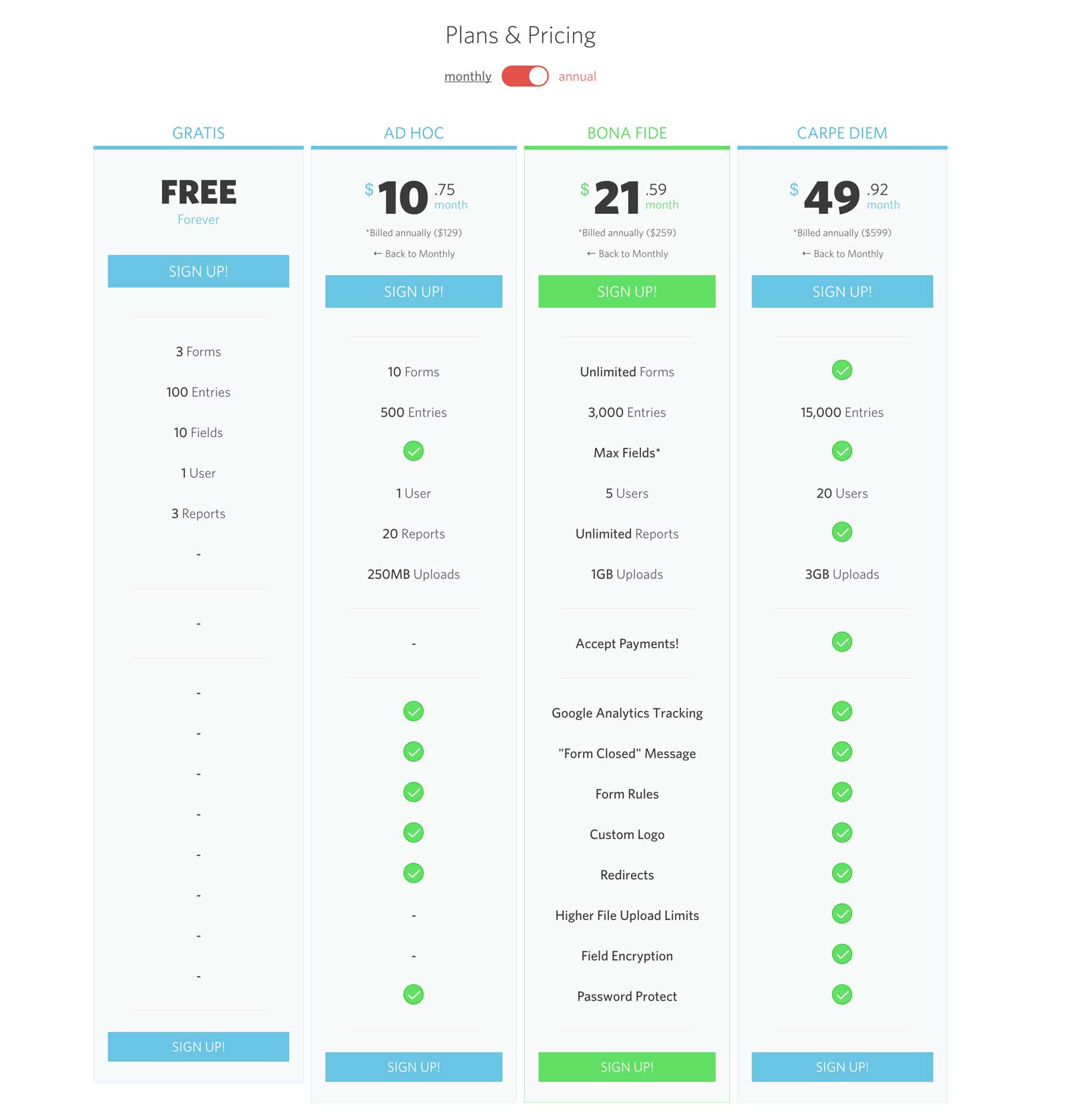Asana releases new Wufoo integration: Here’s how to set it up
Note: If you buy something linked to in one of our posts, we may get a small share of the sale.
Wufoo is an online form creator that allows you to make and share forms. A form could be used on your website for use cases such as surveys, event registrations, sales leads, job applications, or bug reports. By integrating Wufoo with Asana, you can create tasks directly from the form submission.
Wufoo was one of the first form services to integrate with Asana, but Asana stopped recommending the Wufoo integration due to inconsistent submissions. This was surprising because Asana used Wufoo on their own website. However, Asana has been working behind-the-scenes and just released a new official Wufoo integration with a special feature: Custom Fields!
How to integrate Asana & Wufoo
Step 1: Create a Wufoo account
Wufoo pricing starts at $14.95 on a monthly basis, but you can sign up for 3 forms free!

Step 2: Link form to Asana using Asana’s online connector tool
Asana created a new online tool to connect your Wufoo form and your Asana account. To link the form, follow these 3 steps:
- Connect Wufoo using your Wufoo domain and Wufoo API key. The API key can be found on the Form Manager page by looking under “More” for the form and selecting “API information.”
- Link form to project. Select the Asana project to which you want to link the form.
- Manage form and task fields. Edit how you want the task to appear and set up the Custom Fields!
Finally, a way to update Custom Fields with a form!
Until now, there was no way (without a programmer) to create tasks with Custom Fields from a form. Zapier, one of the most common ways to have forms integrate with Asana, does not allow modifying Custom Fields in triggers originating outside of Asana (like a form on your website).
The new official Wufoo form, however, allows this! This is great news for organizations who want to centralize more data in Asana and use it as a database of sorts. I’m very excited to experiment with this!







